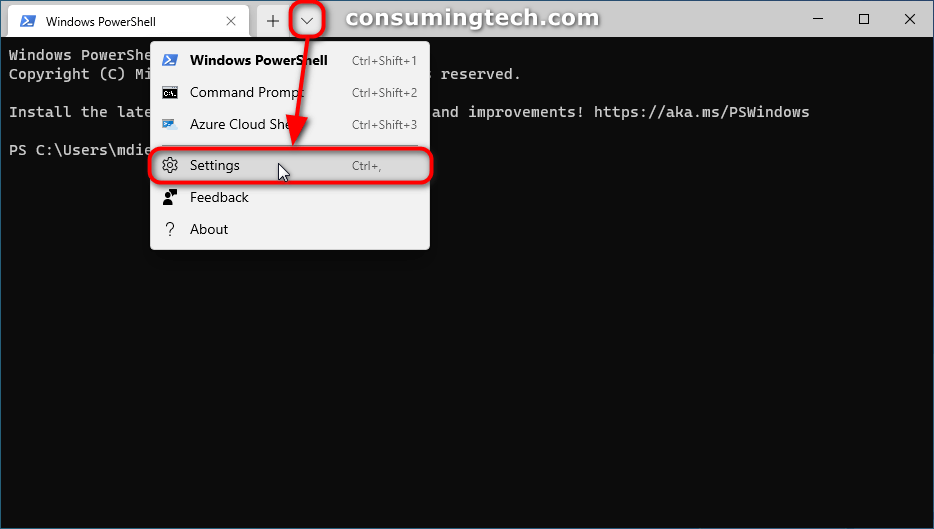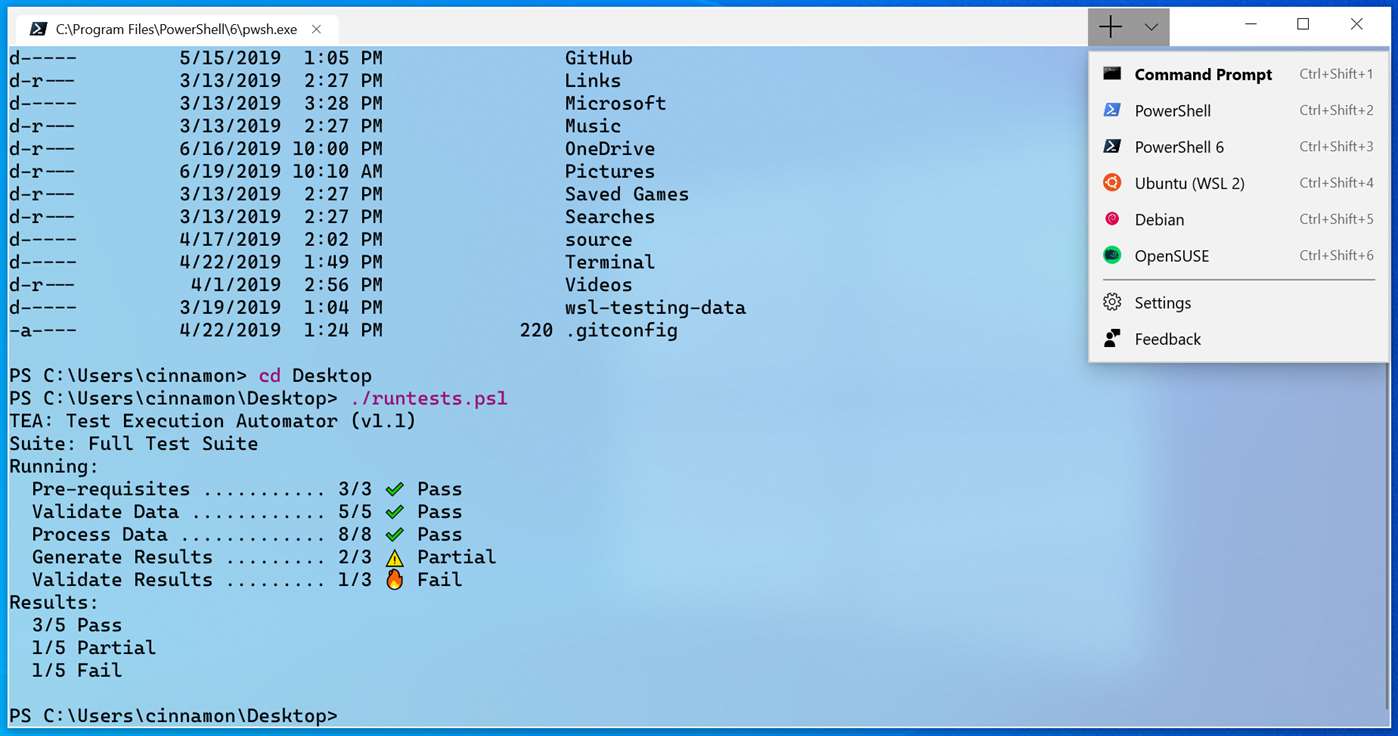

But if you can’t wait until then, Microsoft has open sourced the project and you can compile the bits yourself from GitHub. It will be available in preview form this summer and Microsoft is hoping to make it generally available in winter 2019.

Windows Terminal will ship via the Microsoft Store. Windows Terminal will support multiple user profiles for each shell or app that you connect to, and each profile can have its own settings for fonts, color themes, background blur, and more. And settings will be stored in a structured text file for easy setup. Finally, Windows Terminal will be very configurable so that users can control the appearance of shells and profiles.

The accelerated graphics will provide smooth and fast rendering of text, glyphs, symbols, ideograms, emojis, powerline symbols, icons, programming ligatures, and more. Windows Terminal allows you to connect to as many command-line shells or apps as you like, each with its own separate tab. These features are just the start and Microsoft is planning to add many more after the product officially ships.

GPU accelerated DirectWrite/DirectX-based text rendering.There are several important features that differentiate Windows Terminal from the existing console: So, Microsoft needed to do something more radical and Windows Terminal was born. But the console still leaves a lot to be desired if you compare it with terminals for Linux and MacOS. The improvements that came in the console were partly designed to make WSL a better experience. WSL performs like an app that has high level integration with Windows but VMs do the opposite by isolating the guest operating system from the host. This gives developers and system administrators quick and easy access to Linux without the overhead associated with virtual machines (VMs). WSL lets you run a Linux shell on top of Windows, like an application. To that end, Microsoft released the Windows Subsystem for Linux (WSL) in Windows 10. But Microsoft is trying to keep developers on side and to do that, it needs to make Windows a first-class citizen in the development arena. And there are reasons why developers might choose macOS over Windows, like access to a true Unix shell and the ability to virtualize Linux and Windows. In a 2016 survey, OS X topped the list of operating systems used for development, followed by Windows, and then Linux. The new Windows Terminal for Windows 10 (Image Credit: Microsoft)


 0 kommentar(er)
0 kommentar(er)
